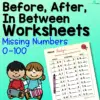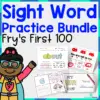Repetition is one of the strategies for helping children remember the number of words and their order. Songs are the perfect tool that provides the needed assistance in a fun and exciting way.
Explore these ten counting songs that children will love singing along to. The catchy tunes and fun movements will surely get children interested.
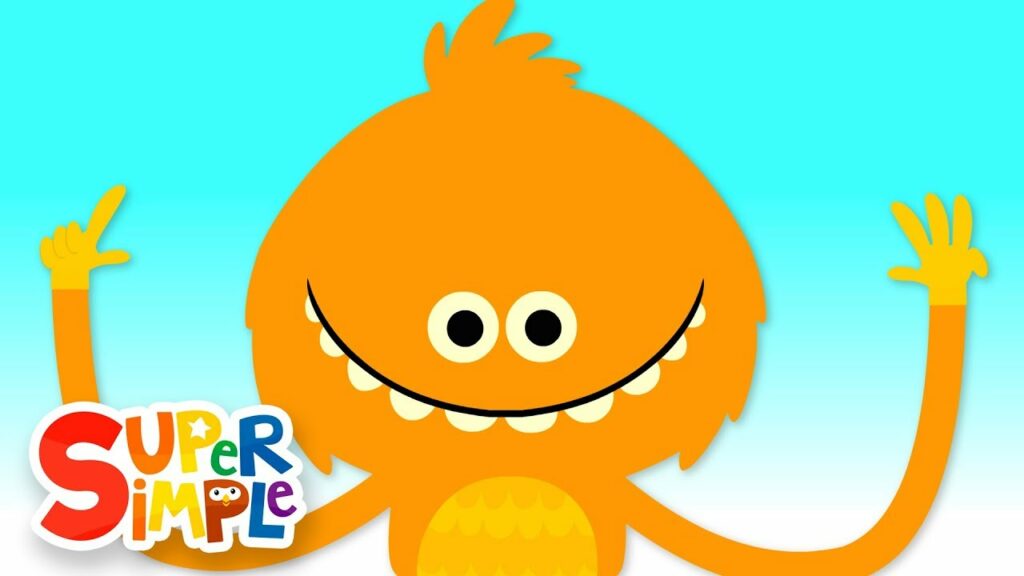
Learn to count from one to ten with How Many Fingers? by Super Simple Songs. Sang to the familiar tune of “Skip to my Lou,” this song will help children remember the numbers very well.
Children will learn to use their fingers as a tool for counting. This is a fantastic sensory activity that helps promote small finger movements. This exercise will help build finger muscle strength and dexterity.
It asks children to count their fingers in one hand and then two. The gradual increase in counting numbers will allow children to participate easily regardless of their counting skills.
It also asks children to count their toes in the same manner as with the fingers with one foot and later with both feet.
The song also encourages students to learn other movements, such as clapping hands and stomping feet. This part helps children improve their coordination and body imitation skills.
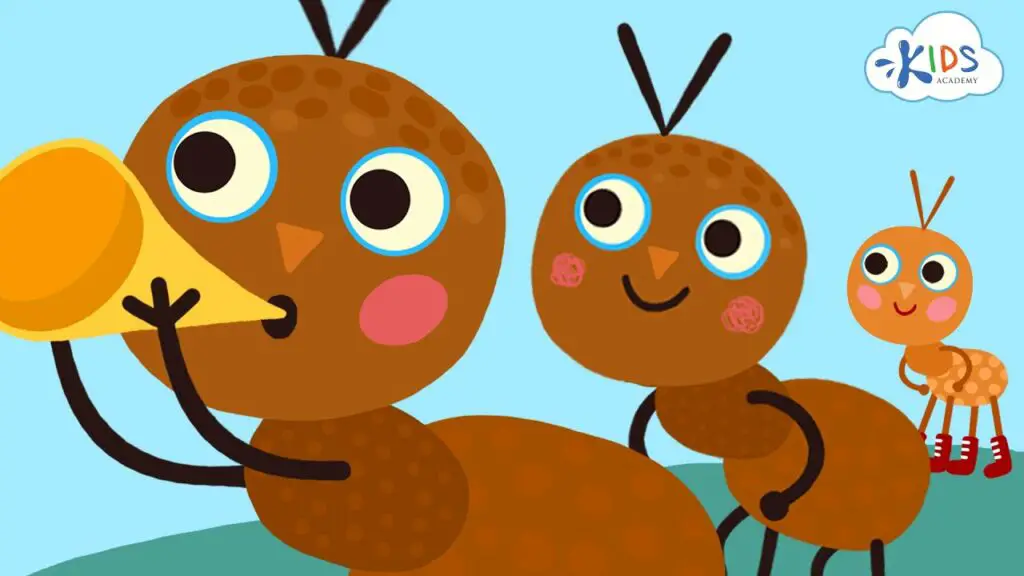
The Ants Go Marching by Kid Academy tells a story of ten ants marching to the underground to escape the rain. Aside from learning how to count from one to ten, children will also learn other concepts.
This song will teach rhymes as each number is paired with a rhyming word. For example, the rhyming pairs in the song are two-shoe, four-door, six-sticks, and seven-heaven.
It also tells the different things that the little ant does each time they go out to march.
Children may learn to sequence the events in order based on the little ant’s adventures. Have the children sing this song as they use counters or other types of manipulatives that will aid them in remembering the number name and order.
The song tells of ants going underground to escape the rain; with a Science lesson, it explains how ants live in a complex type of nest with many tunnels used for various purposes.

Children who love baby animals will find Rafi’s Over in the Meadow delightful. This song will allow children to practice counting from one to five, forwards and backward.
Use plastic toy animals or pictures as counters for children to practice one-to-one correspondence. Teach children to compare quantities by showing which animal babies are more.
When comparing, ask them to use phrases, such as “more than” or “fewer than,” to help develop their oral language skills.
A science lesson can help us learn more about different animal parents and offspring. If possible, provide the appropriate names for the babies.
For example, mention duckling instead of little duck, tadpoles or froglets instead of little frogs, or fry or fingerling instead of little fish. Doing this will help children identify animals based on their stages and will also help increase their vocabulary.
Teach animal sounds with this song, such as rabbit for frogs and quack for ducks.

This classic song is perfect for bedtime or monkey-themed lessons. Five Little Monkeys Jumping on the Bed by Bus Songs teaches children to count to five backward. This is a great song to teach basic subtraction concepts.
Use pictures or plastic toy monkeys to demonstrate the decrease in number as each monkey is taken away.
The monkeys failed to listen and follow their mother’s orders, which led them to trouble. Use this idea to discuss different rules in children’s houses that they may find challenging to follow.
These can be overeating sweets or staying up late. Doing this will help children process big emotions and will help them think critically. This is an excellent opportunity for social-emotional learning.
Discuss different ways accidents at home can be prevented with a lesson on health and safety. Ask children what other things they should be cautious about. For example, touching hot or sharp objects.
Use pictures or role-play different scenarios for children to relate to their experiences effortlessly.
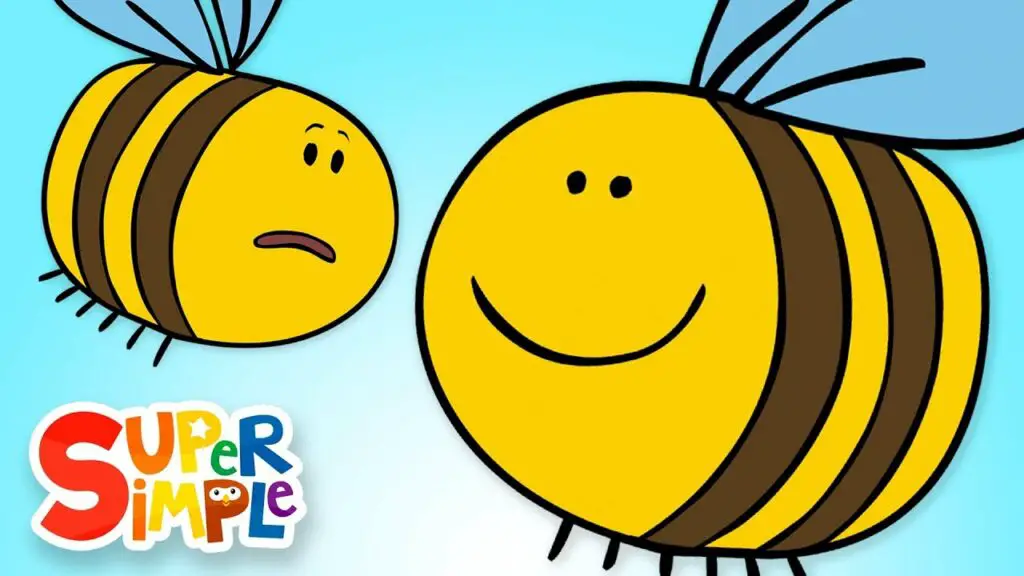
This adorable song teaches children to count from one to five through the lovable-looking bees. Here Is the Beehive by Super Simple Songs is a perfect way to introduce the concept of counting to young children.
With a slow tempo, children can follow the song easily and practice their counting skills.
Teach opposites with this song to help children increase their vocabulary and understand its concept. Use the words up and down, high and low, fast and slow, and left and right from the song.
Incorporate these words with movements to help retain knowledge and improve motor skills. Ask the children to pretend like bees and fly to the left or fly fast.
The queen bee is seen taking a peek from the beehive at the end of the song. Explore the bees’ lives with a lesson in science to explain their life cycle and the complex system of their colony.
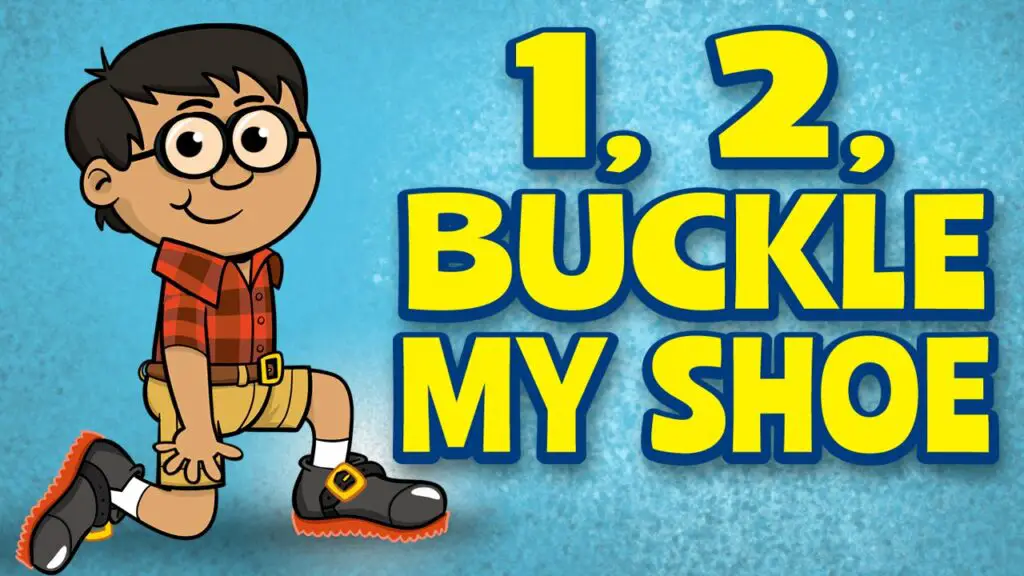
Music is added to the classic nursery rhyme and turned into an upbeat song that teaches children to count from one to ten. One, Two, Buckle My Shoe by The Learning Station is a great song for learning numbers and counting.
Turn this into an action song to help children associate movements with numbers.
Use simple movements to reenact the actions in the song, such as extending the arm from the shoulders to the front of the body as if slamming the door for the action “shut the door.”
Doing this will help children improve their gross motor skills and coordination.
Teach rhymes with this song. This will help improve children’s listening skills. As they listen to the song, they can find out which of the numbers is paired with a rhyming word.
Children should be able to identify two-shoe, four-door, six-sticks, eight-straight, and ten-hen.
As the song progresses, have the children sing and do the actions faster.

Once I Caught a Fish Alive by LooLoo Kids is a famous nursery rhyme perfect for the summer when fishing becomes a popular activity. Use this for fish-themed lessons since it teaches children to count from one to ten.
Turn a sensory bin into a fishing activity to help children practice their counting skills using manipulatives while improving their gross motor skills and coordination. Fill the sensory bin with water and plastic fish toys.
The fish toys will act as manipulatives enabling children to use concrete materials to aid them in counting. Let the children use a scoop or an aquarium fish net to catch the fish. Let them count the total number of fish they have caught.
This activity will provide a wonderful sensory experience for children.
Help children differentiate left and right. Ask them to find a specific finger. For example, tell the children, “Show me your index finger in your left hand.”

A favorite action song among little ones, The Kiboomers’ Numbers Freeze Dance teaches children to count from one to five while improving their listening and focus.
This song is perfect for active learners during circle time.
Children will learn to follow oral instructions with this song. They will pay close attention to when the song mentions the word freeze and do the action.
Wiggling the fingers, as recommended in the song, while shouting out the number will help improve finger muscle strength and dexterity. Children will use their fingers as concrete objects to help them count with accuracy.
Knowing which fingers to wiggle will also help develop body awareness among young learners.
Make this song more challenging for older children by continuously counting up to ten. Another way is to modify the movements and include other body parts. For example, ask children to wave two hands, bend one knee or wink one eye.
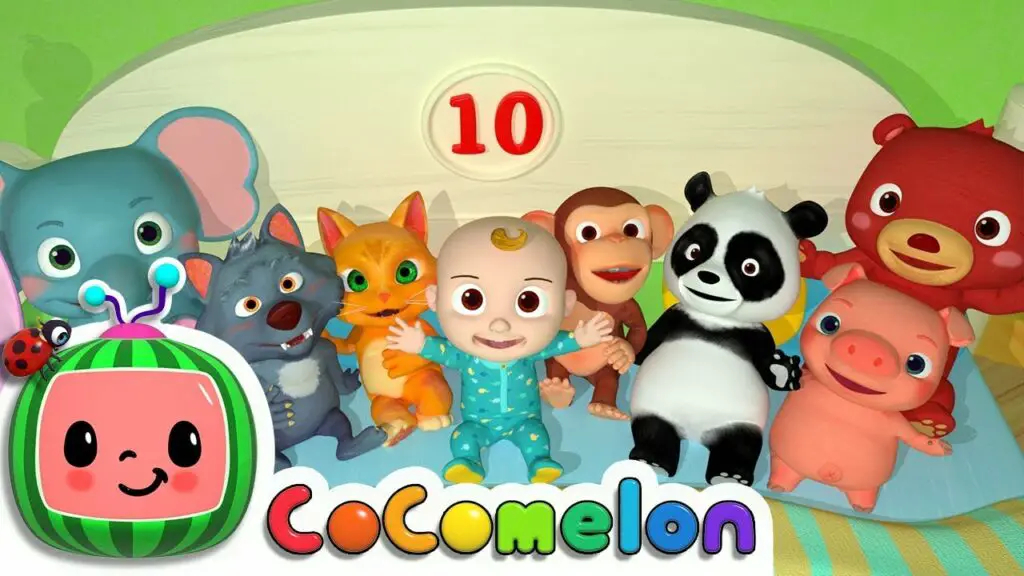
Cocomelon’s Ten in the Bed is a popular version of this nursery rhyme. It teaches children to count up to ten backward. This song is perfect for bedtime-themed lessons and will make an activity for the book version “Ten in the Bed” by Penny Dale.
Retell the song in pretend play areas by asking children to line up their favorite toys and take one out as the song dictates. It is a terrific way to learn about story sequences.
They may also reenact the song by having the children roll on the mat. Designate a place as a pretend bed and have each roll on the mat. This is a fantastic sensory activity.
Discuss how the boy felt when he realized he was alone on the bed. Doing this will help children understand different emotions. Ask children ways that can be done for all ten friends to fit on the bed and sleep in peace.
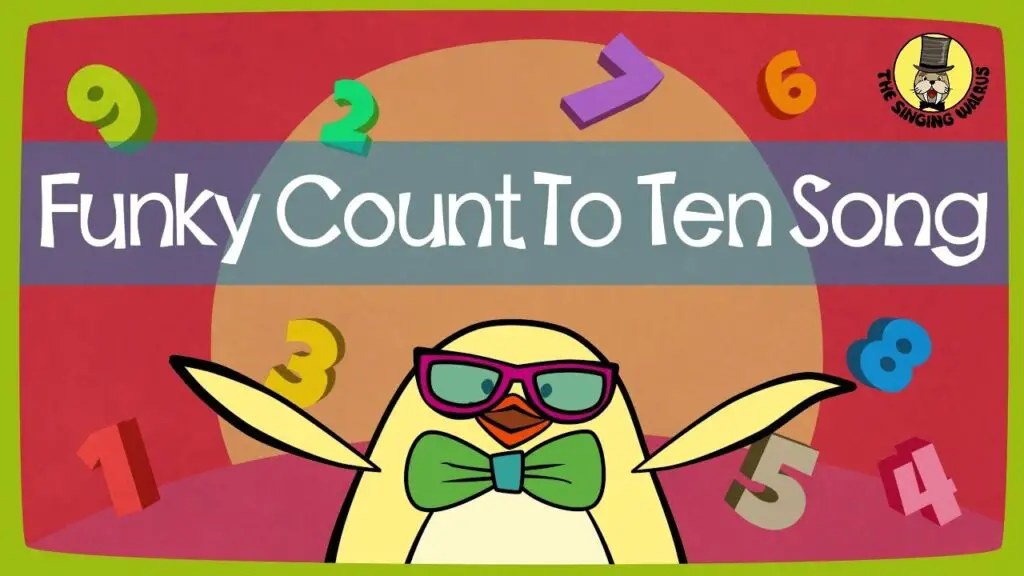
The Funky Counting Song by The Singing Walrus encourages children to count from one to ten repetitively. It incorporates hand movements, such as clapping and raising hands, to help develop children’s gross motor skills.
Modify the movements by asking children to clap their hands to the right or left, bending forward while clapping on each side, or clapping with their hands in front or behind their backs.
Doing these will not only increase coordination through different movements, but it will also teach position words and will increase their vocabulary.
Moving from left to right is an excellent way to practice crossing the midline and bilateral skills, resulting in increased coordination for young children.
Ask children to count to ten as they clap their hands to reinforce their counting skills.
Incorporate other lower body movements like stomping of feet, kicking, hopping, standing on one leg, etc., for various actions that help build balance and coordination.
Conclusion
Using counting songs will help children better remember the concept. These songs are perfect for circle time, as a prompt for other counting activities to help children remember the number names and order, or as a fun way to practice rote counting.
Thank you for reading. Come back and check out our other song articles soon.
More resources you might like:




